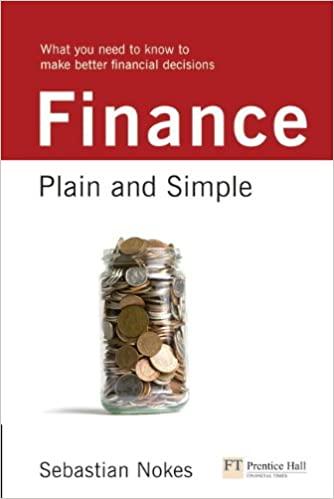Answered step by step
Verified Expert Solution
Question
1 Approved Answer
Derive the price of the call on call option at time T. The second call option is the underlying asset of the call on call

Derive the price of the call on call option at time T. The second call option is the underlying asset of the call on call option from time 0 to time T1. Derive the stochastic differential equation for the underlying asset of the call on call option. Derive the partial differential equation satisfied by the price of the call on call option over the domain [0,T1] x [0,infintiy) and the corresponding boundary conditions. Obtain a pricing formula for the call on call option at time 0.
A compound option is an option on an option, and this problem considers Call on Call options. These options consist of a 'first' call option on a 'second' call option. They have two strike prices, Ky and K2, and two exercise dates, T, and Tz, where T1 T2. The second call option is a European- style call option written on a common stock with strike price K, and maturity Ty. The time-t price of the stock, S, follows a geometric Brownian motion process: dS = Sydt + SidW where y, o are two constants and W, is a standard Brownian motion. The asset price at time 0 is So. If the second call option's market price is above K, on maturity date T, the first option will be exercised, giving the holder the (second) call option on the stock. Otherwise, the Call on Call option expires with 0 value. A compound option is an option on an option, and this problem considers Call on Call options. These options consist of a 'first' call option on a 'second' call option. They have two strike prices, Ky and K2, and two exercise dates, T, and Tz, where T1 T2. The second call option is a European- style call option written on a common stock with strike price K, and maturity Ty. The time-t price of the stock, S, follows a geometric Brownian motion process: dS = Sydt + SidW where y, o are two constants and W, is a standard Brownian motion. The asset price at time 0 is So. If the second call option's market price is above K, on maturity date T, the first option will be exercised, giving the holder the (second) call option on the stock. Otherwise, the Call on Call option expires with 0 valueStep by Step Solution
There are 3 Steps involved in it
Step: 1

Get Instant Access to Expert-Tailored Solutions
See step-by-step solutions with expert insights and AI powered tools for academic success
Step: 2

Step: 3

Ace Your Homework with AI
Get the answers you need in no time with our AI-driven, step-by-step assistance
Get Started


